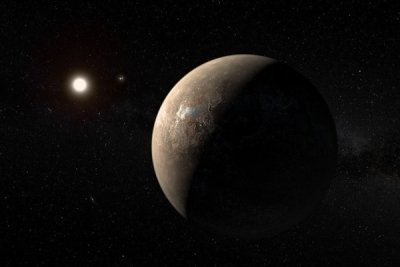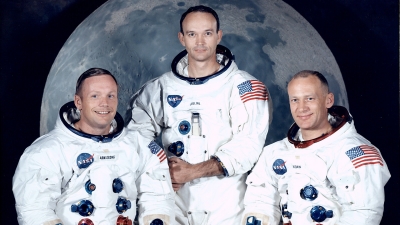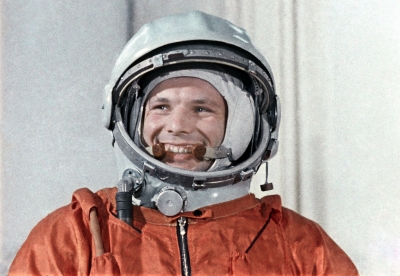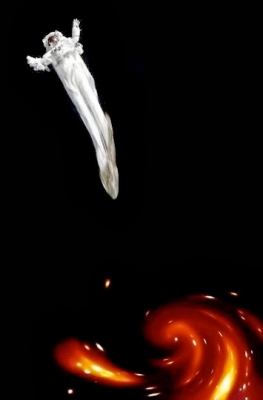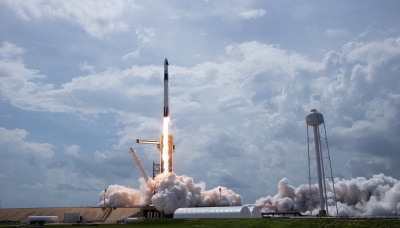
NASA, the U.S. space agency, partnered with SpaceX, a private space company, to send astronauts to the International Space Station (ISS) in a commercially built and operated spacecraft. As part of this partnership, the first crewed test flight, Demo-2, was launched successfully on May 30, 2020, from NASA’s Kennedy Space Center in Florida. The SpaceX’s Crew Dragon spacecraft carried NASA astronauts Robert Behnken and Douglas Hurley on the company’s Falcon 9 rocket.
The Demo-2 mission has many firsts to its credit. SpaceX’s Crew Dragon, responsible for mission, is the first privately designed and built spacecraft to carry astronauts to space. The company has hitherto been delivering only cargo to the space station. The launch also marked the first time since the final flight space shuttle Atlantis in 2011 that NASA had sent from the U.S. soil. Ever since the retirement of Atlantis, human spaceflights to and from the ISS have been carried out using Russia’s Soyuz rocket.
With the success of Demo-2 NASA and SpaceX plant to launch the company’s first full mission with astronauts in October. Known as Crew-1, the mission will see three U.S. astronauts and one Japanese astronaut launch in a SpceX Crew Dragon capsule to the ISS.
Picture Credit : Google

